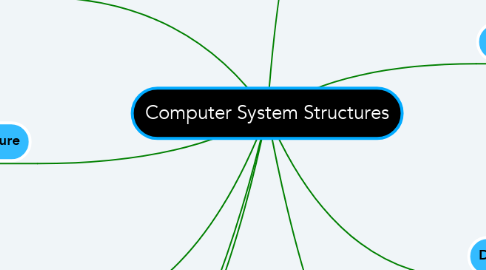Computer System Structures
by TAN LI MIN


1. User program must execute system call to request OS perform I/O.
2. Synchronous I/O Structure
2.1. I/O starts,control return to user program only upon I/O completion.
2.1.1. Wait instruction idles the CPU until next interrupt
2.1.2. Wait loop.
2.1.3. No simultaneous I/O processing.
3. Asynchronous I/O Structure
3.1. I/O starts,control return to user program without waiting I/O completion.
3.1.1. Request OS allow user to wait
3.1.2. Device-status table
3.1.3. OS indexes into I/O device table to determine device status
4. Storage Structure
4.1. Main memory
4.2. Secondary storage/hard drive
5. I/O Protection
6. Interrupt Handling
6.1. 1.When CPU interrupt,stops and transfers execution to fixed location.
6.2. 2.Interrupt vector provide address of the interrupt service routine.
6.3. 3.OS storing registers and the program counter.
6.4. 4.After interrupt is serviced,,send back the address to the program counter and execute interrupt service routine.
7. Interrupt
7.1. system error
7.2. I/O completion
7.3. user request
8. Dual-Mode Operation
8.1. User Mode
8.1.1. user program executes in user mode
8.1.2. memory are protected from user access
8.1.3. instructions may not be executed
8.2. Kernel Mode
8.2.1. monitor executes in kernel mode
8.2.2. privileged instruction may executed
8.2.3. protected access of memory may accessed
9. Memory Protection
9.1. Base register
9.1.1. holds the smallest legal physical memory address
9.2. Limit register
9.2.1. contains the size of the range

